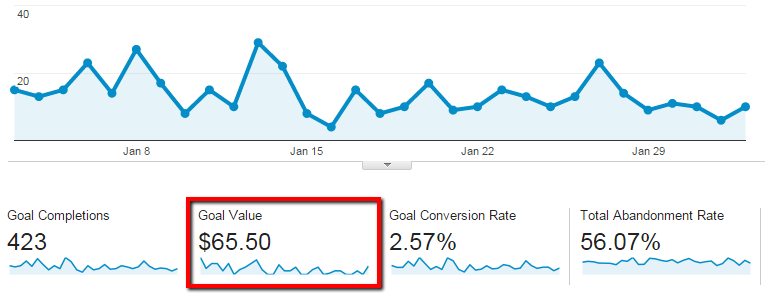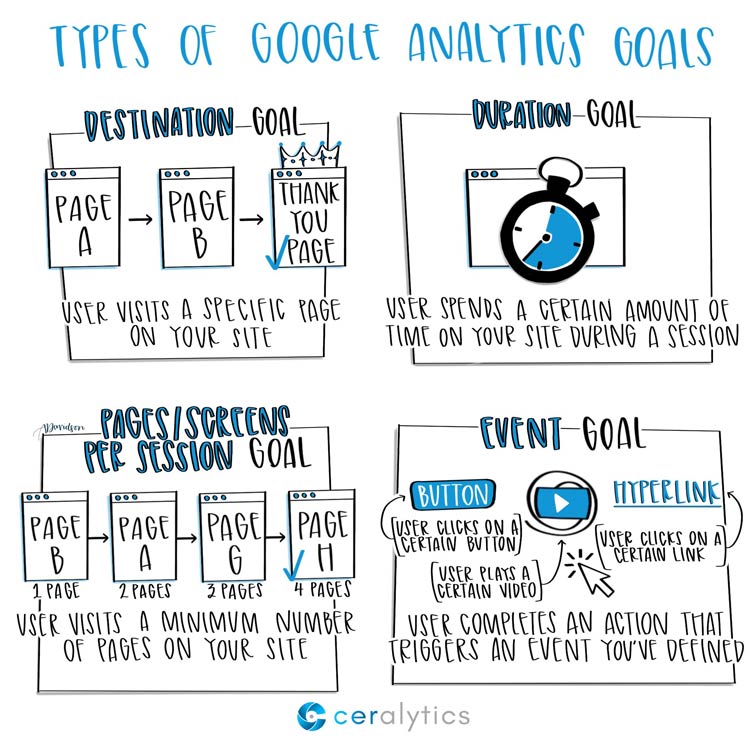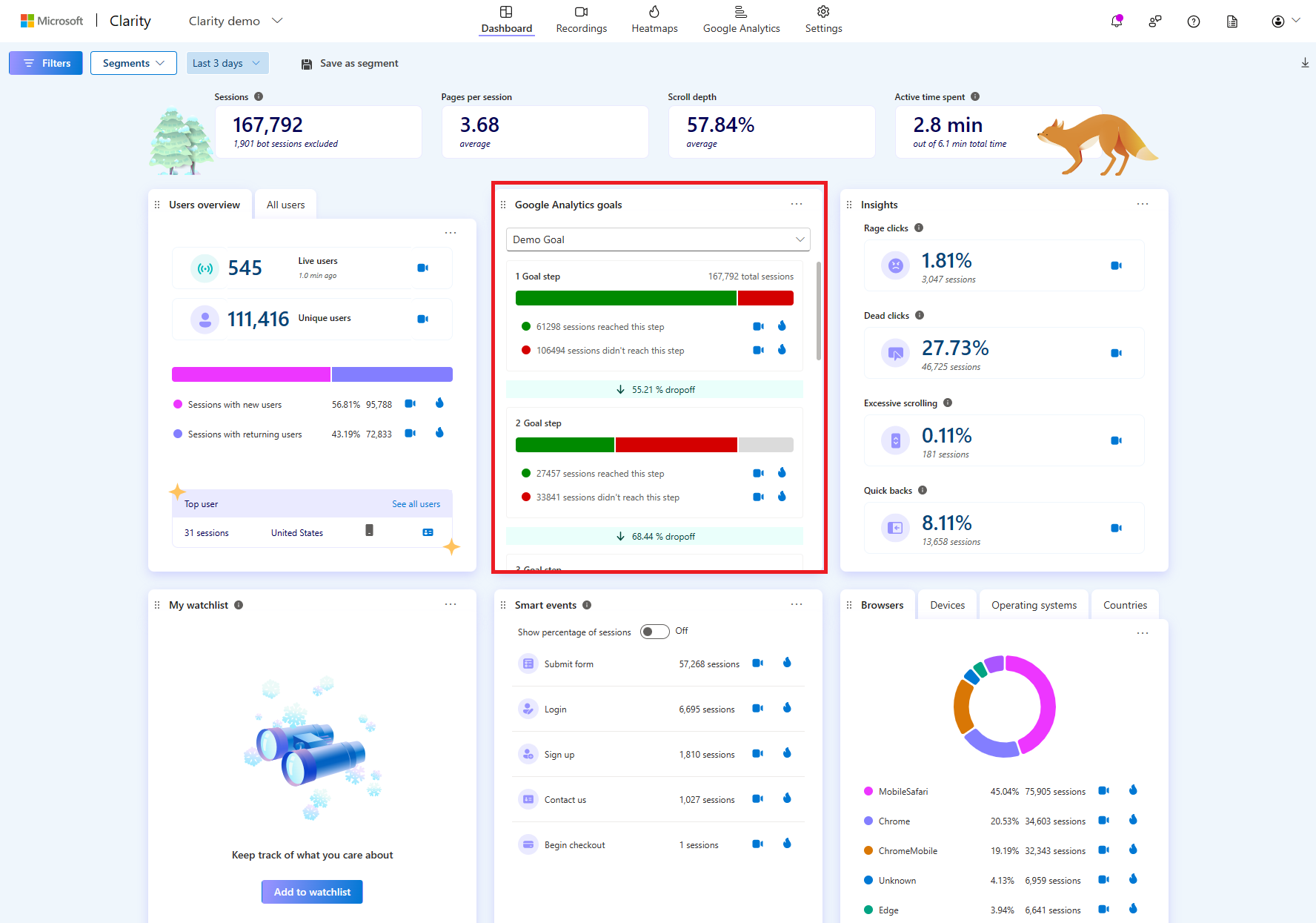What Data Is Google Analytics Goals Unable to Track and Why
What Data Is Google Analytics Goals Unable to Track and Why
Blog Article
Unveiling the Blind Spots: Recognizing What Google Analytics Goals Can not Measure
In the world of electronic analytics, Google Analytics stands as a powerful device for monitoring and evaluating online customer interactions. Recognizing what Google Analytics goals can not gauge is critical for getting a comprehensive sight of individual actions and interaction.
User Habits on External Platforms
Comprehending how customers engage on external platforms is crucial for enhancing online methods. Outside systems, such as social media sites networks, recommendation internet sites, and on the internet discussion forums, play a considerable duty in driving web traffic to a company's internet site. By examining individual behavior on these platforms, businesses can gain beneficial understandings right into the efficiency of their marketing initiatives and the choices of their target audience.
One secret facet of individual habits on exterior platforms is the recommendation resource. By tracking where the users are originating from, businesses can determine which systems are driving the most traffic to their web site. This details can help companies designate their sources better, concentrating on the systems that yield the best results.

Offline Conversions and Interactions
Assessing customer habits on exterior platforms offers important insights right into on the internet methods; however, taking into consideration offline conversions and communications is similarly imperative for a detailed understanding of a business's total performance. While Google Analytics succeeds at tracking on-line interactions, it falls brief in catching the complete customer trip that commonly includes offline touchpoints. Offline conversions, such as in-store purchases or phone questions, play a considerable role in many organizations' success. Neglecting these interactions can cause an altered view of the performance of advertising campaigns and total company performance.

Acknowledgment Beyond Last Click
When diving right into the world of digital marketing analytics, it ends up being essential to look beyond the single touchpoint of the last click for a much more detailed understanding of acknowledgment. While Google Analytics gives beneficial understandings right into user behavior, relying entirely on last-click attribution can be limiting - what data is google analytics goals unable to track. Attribution models that go beyond the last click provide a much more nuanced view of the client journey, considering all the touchpoints that result in a conversion
Attribution beyond the last click permits marketers to assign credit score to numerous interactions along the conversion course, offering a more clear photo of the effectiveness of various advertising channels. By discovering multi-touch acknowledgment designs such as linear, time degeneration, or position-based attribution, businesses can much better assign their marketing spending plans and enhance their techniques for optimal effect.
Understanding the impact of each touchpoint in the conversion process is essential for making educated decisions and making the most of ROI. By welcoming acknowledgment beyond the last click, services can acquire much a knockout post deeper insights right into customer actions why not find out more and tailor their marketing initiatives more successfully.
Cross-Device and Cross-Browser Tracking

In a similar way, cross-browser monitoring complements cross-device tracking by catching individual habits as they switch over between different web browsers. Recognizing just how individuals connect with websites on various web browsers can help marketing experts maximize their online experiences to guarantee consistency and performance throughout various platforms.
Qualitative Data and Customer Intent
Understanding individual intent with qualitative information evaluation is essential for establishing targeted digital marketing techniques that reverberate with the demands and choices of the target market. Qualitative data provides insights into the 'why' behind user actions, clarifying inspirations, emotions, and preferences that measurable information alone can not catch. By assessing user comments, remarks, and communications, marketing experts can discover useful info concerning user intent, allowing them to customize their messaging, material, and offerings to much better straighten with what their target market is seeking.
Qualitative information also assists in understanding the context in which individuals engage with a site or application. This contextual understanding allows marketing experts to produce more appropriate and customized experiences, ultimately driving greater involvement and conversion prices. By diving right into customer intent via qualitative information analysis, companies can check out here obtain a much deeper understanding of their target market, bring about much more efficient marketing methods that fulfill customers' requirements and expectations.
Final Thought
Finally, Google Analytics goals have constraints in determining user behavior on external platforms, offline conversions, acknowledgment past last click, cross-browser and cross-device monitoring, and qualitative data associated with individual intent. what data is google analytics goals unable to track. It is necessary for organizations to be familiar with these dead spots in order to supplement their information analysis with other tools and approaches to gain a much more thorough understanding of their target market and improve their general electronic advertising and marketing techniques
By examining customer behavior on these platforms, services can obtain valuable insights into the efficiency of their advertising and marketing efforts and the preferences of their target audience.
Evaluating customer actions on external platforms supplies useful understandings right into on-line strategies; however, thinking about offline conversions and communications is just as important for a detailed understanding of a business's general efficiency.In digital advertising and marketing analytics, relocating past last-click acknowledgment to discover cross-device and cross-browser monitoring is essential for gaining a holistic understanding of user interactions throughout various platforms and devices. By analyzing user feedback, comments, and interactions, marketers can uncover valuable information about user intent, enabling them to tailor their messaging, material, and offerings to much better line up with what their audience is seeking.
By delving into individual intent via qualitative information evaluation, services can get a deeper understanding of their target audience, leading to much more reliable advertising and marketing approaches that fulfill individuals' assumptions and requirements.
Report this page